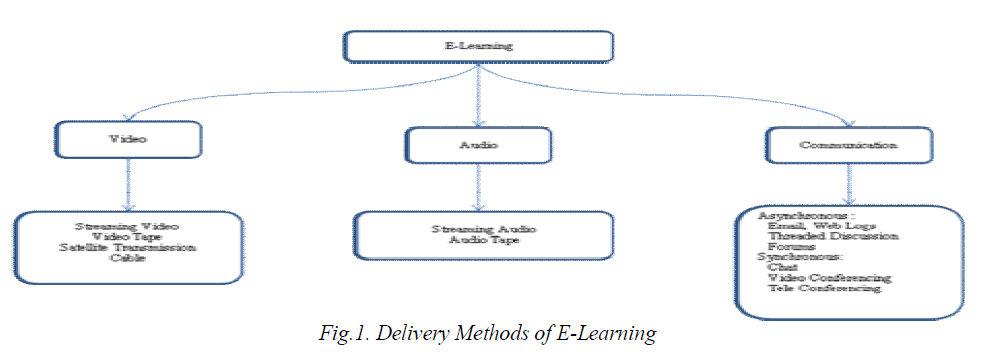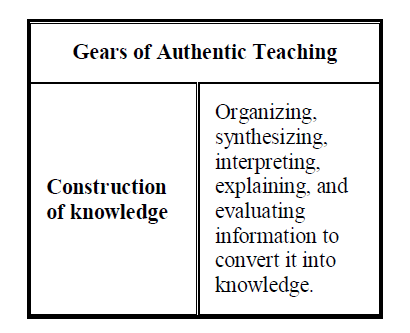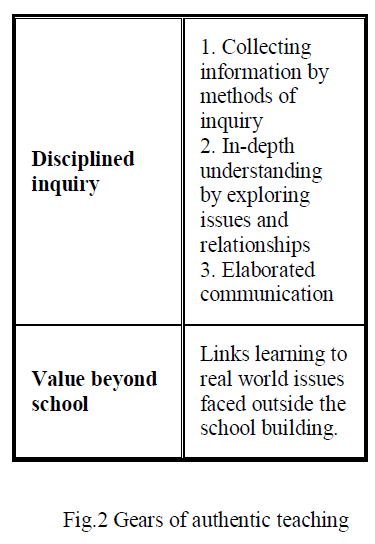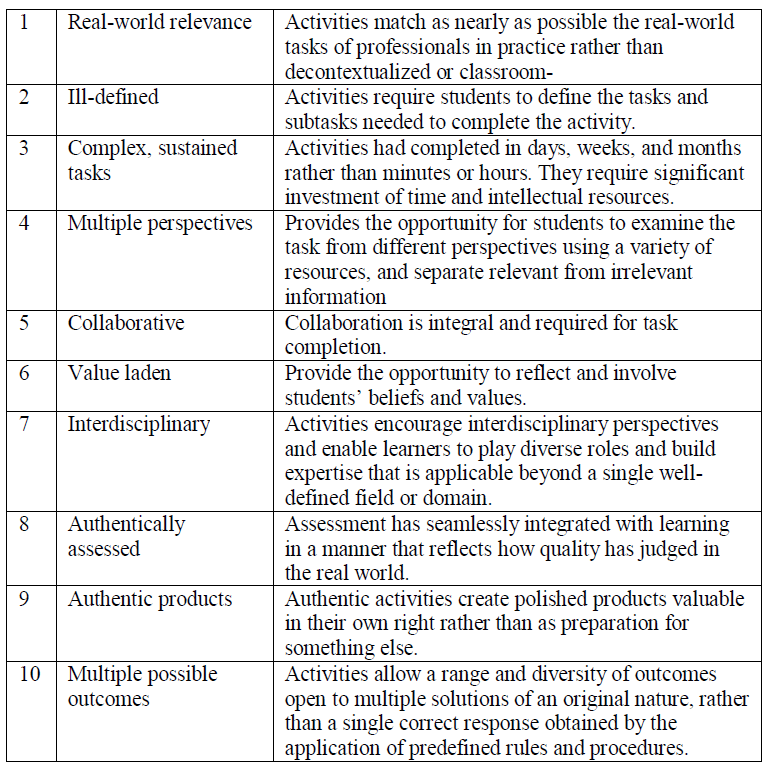ISSN ONLINE(2320-9801) PRINT (2320-9798)
ISSN ONLINE(2320-9801) PRINT (2320-9798)
| P.Kavitha Associate Professor, Dept. of IT, Bharath University, Chennai, Tamilnadu, India |
| Related article at Pubmed, Scholar Google |
Visit for more related articles at International Journal of Innovative Research in Computer and Communication Engineering
As the innovations in the field of information technology raised its level in education. The facilitators are in the position of enhancing their own facilitating methodologies with authentic learning. It comprised and has to be focused in the field of e-learning websites. The pedagogical stylistics also focuses facilitating the learners with best stylistic approach in their learning environment. In the learning path E-learning websites is the boon. In the place of learning and teaching through e-learning websites it must be sophisticated with all the amenities. I have mentioned two most important approaches which must be present in the e-learning websites. First, enhancement should be made with authentic learning activities one of the prior pedagogical attribute and second with pedagogical stylistics. If these both have given the higher priority in e-learning websites then it will facilitate the learner in a higher extreme and make the learner to involve in learning given by the facilitator through e-learning websites which is the emerging field in education. Pedagogical stylistics is a field that looks at employing stylistic analysis in teaching enable students to better realize literature, language and also improving their language acquisition. Online way of communication is a powerful way of enhancing the teaching methodologies so as to enhance the web based learning it should keep track with this Authentic Learning activities with pedagogical stylistics. There were 10 design elements which are present in the authentic learning activities and goals content, designing through instructions, learner tasks, instructor roles, student roles, technological affordances assessment. If the content providers kept this two important activities in the e-learning websites then the e-learning is a fruitful for the learners and it make ease for both the facilitators and the learners. This is the way the web-based learning should enhance their path. If this path is occurred in the way through web – based learning then it can be said that e-learning is emerging in success.
Keywords |
| Authentic learning, pedagogical stylistics, E- learning, web – based learning, Real world. |
INTRODUCTION |
| Pedagogy is also occasionally referred to as the correct use of instructive strategies. Authentic learning typically focuses on real-world, complex problems and their solutions, using role-playing exercises, activities – problem related, case studies, and participation in virtual communities of practice. Pedagogical stylistics is a field that looks at employ stylistic analysis in teaching, with the aim of enabling students to better understand literature, language and also improving their language acquisition. It is also concerned with the best practice in teaching stylistics. |
 |
II. AUTHENTIC LEARNING |
| Technology is a tool for education, not a part of the authentic pedagogy. Authentic teaching does not require the use of technology and using technology does not necessarily mean authentic teaching is occuring. Authentic Pedagogy was first defined as instruction and assessment which promoted authentic student achievement. The gears of authentic teaching Fig.2. |
III. AUTHENTIC LEARNING ACTIVITIES |
| Real-world relevance, Ill-defined problem, Sustained investigation.These are the fields describing about the process of learning. |
IV. FACILITATING METHOD |
| An facilitating method is a general approach used in teaching. There have been many instructional methods in education, but the following ten types of instructional methods are commonly considered in pedagogical design (Heinich, Molenda, Russel, & Smaldino, 2002). Good visual design does contribute in creating an effective learning environment for the learner. It helps the learner to understand what he sees on the screen, understand the purpose of the elements and thereby, learn about the content by focusing on it. The benchmark of a good training module is not just the content but also the interface and the look and feel of it. A bad interface can lead the learner to believe that it is a sheer waste taking the course. On the other, a simple ye engaging interface helps the |
 |
 |
| learner understand the efficacies of the course better. The challenge for the Designer is always to create something simple and interesting by blending aesthetics with functionality. A lot goes into developing an engaging course that sparks the interest of the learner and makes him want to continue with the course. |
| • Presentation |
| • Demonstration |
| • Discussion |
| • Drill-and-practice |
| • Tutorial |
| • Cooperative learning |
| • Gaming |
| • Simulation |
| • Discovery |
| • Problem solving |
| Clearly, the use of information technology in education might bring up new facilitating method. |
B.AUTHENTIC ACTIVITIES |
| • Web based management: discipline vs. learning partnership |
| • Curriculum: rigid and required vs. flexible and relevant |
| • Instruction: facilitator-centered vs. learner-centered |
| • Assessment: cumulative vs. problem-solving and self-assessment |
| • Motivation: facilitators covering matter vs. facilitators engaging learners |
C.INSTRUCTIONAL METHOD |
| Online formative assessment was exemplified through various elements in this online course. These included a variety of ongoing and authentic assessment activities, adequately defined learning goals and expected outcomes, and opportunities for ongoing monitoring, assessment and formative feedback. These enhanced learners’ engagement with critical learning processes including active, interactive, contextual, collaborative, reflective, multiple perspectives, and self regulated aspects of learning. These aspects are critical to supporting meaningful learning as identified in a recent review of literature by Gikandi, Morrow and Davis (2011). |
CHARACTERISTICS OF AUTHENTIC LEARNING ACTIVITIES |
 |
A. Conclusions |
| Tuning inside in to the technological field, the web-based learning involves some of the occurrences to be made with this pedagogical stylistics and authentic learning. It normally paves way in creating thick rapport between the learnercentered and facilitator- centered. It is also creating perfect way in figuring out the way of creating the innovated elearning websites which is very much needed in the field of online education. |